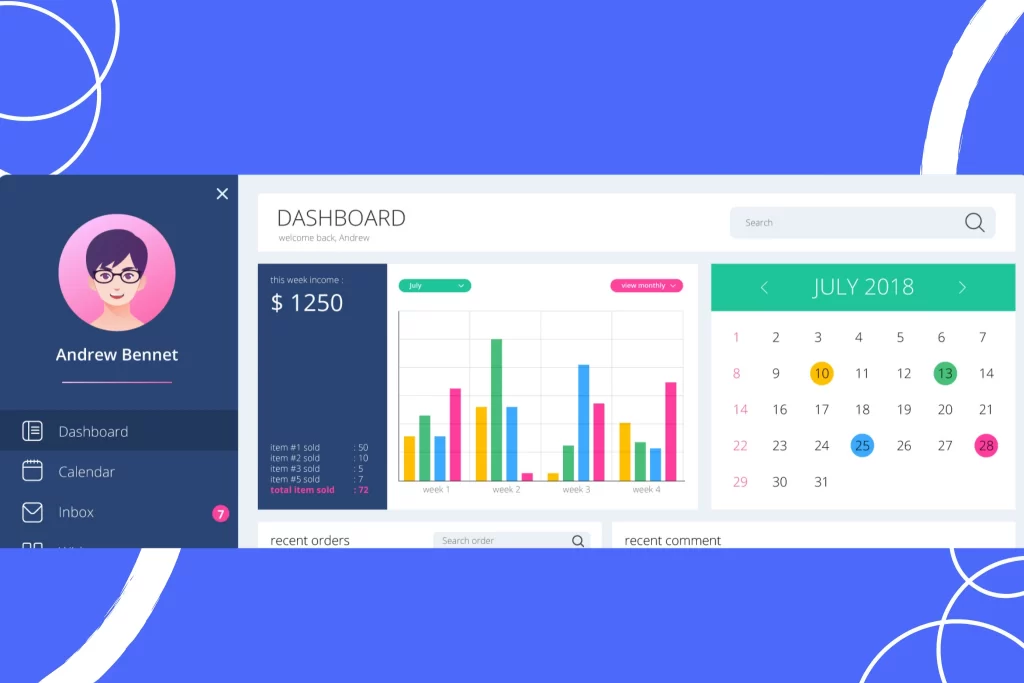Why Every Business Needs a Virtual Queue Management System?
Businesses that deal with daily customer footfall understand the importance of managing waiting lines effectively. On any day there may be peak hours occurred when the visitors are at it’s highest so it forms a leading crowd formation .These peak hours created hectic for staffs and management.
That’s why every organization needs a better structured queuing process. It helps businesses manage waiting lines, organize customer flow and maintain order in busy waiting lines. A virtual queue management system is one of the most effective methods for this solution. This system provides streamlining customer flow and reducing waiting time for the customers.
Ensuring a positive and satisfying customer experience is crucial, as happy customers often become loyal ones—and customer loyalty is the foundation of long-term growth and profitability.
In the early days, queue management was as simple as forming a physical line, usually served on a first come, first served basis. Later the clipboard and pen method adopted worldwide.
However, this manual approach has proven to be inefficient and outdated, especially in today’s fast-paced digital era. To overcome these challenges, paperless and digital queue solutions were introduced, marking a major shift in customer flow management. Over the past two decades, the virtual queue management system has evolved significantly, offering businesses smarter, faster, and more customer-friendly ways to handle waiting lines.
Important Features of a Queue Management System
The basic digital and virtual queue management system typically consists of two main components: software and hardware. The queueing process begins when a customer or visitor registers through a self service interactive kiosk, which dispenses a ticket showing their positions in the queue along with the waiting time. The system also shows the audio visual announcement module to call next customers and display real time queue information.
Once the number is called ,they proceed to the designated counter , receive the service and exit. Advanced queue management systems also
Once the customer’s number is called, they proceed to the designated counter, receive the service, and exit. Advanced virtual queue management systems also include customer feedback modules that prompt visitors to share their experience before leaving. In addition, these systems automate multiple stages of the customer journey and generate valuable business intelligence data, enabling management to analyze operations and optimize workflows effectively.
Features of a Queue Management System:
1. Essential Hardware Components for Queue management system
A virtual queue management system is supported by advanced and reliable technology platforms. A minimum set of devices is always necessary to ensure smooth and efficient operations. With queue management technology being widely accessible , businesses can easily integrate a range of hardware accessories.
A virtual queue management system is supported by advanced and reliable technology platforms. While there is no upper limit to the hardware components that can be added, a minimum set of devices is always necessary to ensure smooth and efficient operations. With queue management technology being widely accessible, businesses can easily integrate a range of hardware accessories that enable them to deliver more innovative, customer-friendly, and convenient services.
Here are the essential hardware components required to operate a virtual queue management system:
Ticket Dispensing Unit or Interactive Self-Service Kiosk
Digital Signage Screens and Displays
Audio-Visual Announcement System
Counter Plates or Counter Displays
2. Essential Software Components for queue management system
The software is the core of any virtual queue management system. It processes all the data, executes instruction and manages the complete queueing process.
Key Software Components of a Virtual Queue Management System:
- Customer User Interface (UI):
It is accessible through interactive self service kiosk, this interface allows customers to sign up for the queue and their tasks
- Service Agent Dashboard:
It’s designed specifically for front line staff, the dashboard provides agents with intuitive tools to handle customer related tasks.
- Administrative Dashboard:
Acting as the system’s back office, the administrative dashboard is intended for IT staff and management teams. It offers real-time queue monitoring, access to historical and performance data, and advanced analytical tools. It also provides features for managing configurations, workflows, and content across the virtual queue management system.
While these are the core software components, businesses can customize their systems with additional features to meet specific operational requirements.
3. Virtual Queuing
Virtual queuing is one of the most modern and efficient approaches to queue management. Over the past few years, it has gained tremendous popularity in Dubai and across the UAE, as both businesses and customers recognize its convenience, benefits, and efficiency.
A virtual queue management system enables customers and visitors to engage with the queuing process through digital channels and remote medium-such as mobile apps, QR codes or web links.



